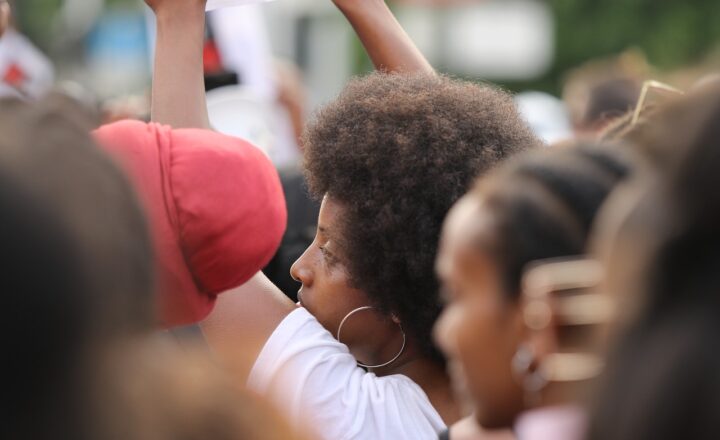Why Police Tactics Differ Around the World: Adapting to Local Laws and Customs
November 13, 2024

Policing is a complex and multifaceted profession, heavily influenced by the cultural, legal, and societal norms of each country. As globalization increases interactions between countries, it becomes evident that police tactics vary significantly across the globe. These differences often stem from local laws, historical contexts, social attitudes, and the unique challenges faced by law enforcement in each region.
1. Historical Context Shapes Police Tactics
The history of policing in a given country plays a vital role in shaping contemporary law enforcement strategies. For example, in the United States, the police force was historically rooted in maintaining social order in urban environments, often in response to high crime rates during the industrial revolution. This led to a more aggressive policing approach, seen in the increased militarization of police forces in recent years.
Conversely, in countries like Japan, where historically low crime rates have persisted, policing strategies prioritize community engagement and restorative justice. The mutual respect between the police and communities fosters environments where proactive measures can be effectively implemented without heavy-handed tactics.
2. Legal Frameworks and Civil Rights
The legal structure governing police conduct is crucial for understanding regional differences in policing tactics. In countries with strong civil rights protections, such as those in Scandinavia, police tactics focus heavily on de-escalation and conflict resolution. Training emphasizes communication and psychological tools to resolve crises, ensuring officers act within the rights of individuals.
In contrast, nations with less stringent civil rights frameworks often see police forces employing more authoritarian approaches. In many countries struggling with security issues, police may prioritize aggressive tactics over civil liberties, viewing them as necessary for maintaining public safety. This can lead to conflicts between communities and law enforcement, exacerbating distrust.
3. Community Relationships and Social Cohesion
Strong community relationships are essential for effective policing. Countries that emphasize community-oriented policing see officers engaging with citizens as partners, resulting in strategies tailored to local needs. In nations like Canada and the Netherlands, police often participate in community events and are involved in local dialogues, contributing to a collaborative atmosphere.
However, when historical tensions or systemic inequalities exist, as seen in parts of the United States, policing tactics may adopt a more combative nature. High-profile incidents of police violence reflect deep-seated mistrust and a need for reform, prompting police departments to reevaluate their engagement strategies.
4. Economic Resources and Technology
The economic capacity of a nation heavily influences its policing strategies. Wealthier countries can afford advanced technology, such as sophisticated surveillance systems, crime mapping tools, and extensive training programs. For instance, police in the United Kingdom use cutting-edge technology for real-time intelligence gathering, allowing for more strategic deployment of resources.
In contrast, lower-income countries often face resource constraints, which can compel police forces to implement more basic tactics, potentially relying on community informants rather than technology. Limited funding may result in fewer officers or less training, impacting the effectiveness of policing operations and fostering reliance on force over prevention.
5. Sociopolitical Environment and Governance
The sociopolitical climate in a country can dramatically shape police tactics. In democratic nations, accountability and oversight play significant roles. Police forces often operate with transparency and face regulatory scrutiny, leading to policing that seeks to maintain public confidence and trust.
Conversely, in authoritarian regimes, police tactics may be used as a means of oppression, where forces operate with minimal oversight. In these environments, tactics may include surveillance, intimidation, and suppression of dissent, as police are often seen as instruments of the state rather than protectors of the citizens.
6. The Role of Globalization in Policing
As countries become more interconnected, police forces are increasingly adopting tactics learned from one another. International collaborations have resulted in shared training programs and joint operations against transnational crime. The rise of global concerns such as terrorism and drug trafficking has encouraged the formation of multinational task forces, leading to a fusion of policing practices.
For instance, countries may adopt community policing tactics from the West or intelligence-led policing from other nations, attempting to customize these strategies for their local contexts. This globalization of policing techniques signifies an acknowledgment that no country operates in isolation, and shared knowledge can lead to improved public safety.
Conclusion: A Tapestry of Tactics
The variation in police tactics around the world illustrates a complex tapestry of culture, law, and societal norms. Understanding why these differences exist is essential for fostering cross-border cooperation and building trust between police and communities. The challenge lies in balancing effective law enforcement with the protection of civil rights, while adapting tactics that are sensitive and responsive to local needs.
In an increasingly globalized world, lessons learned from diverse policing strategies can aid countries in developing their law enforcement practices, promoting a safer and more just global society. By recognizing and respecting the differences in policing tactics, we take a step toward a more harmonious coexistence among nations.







